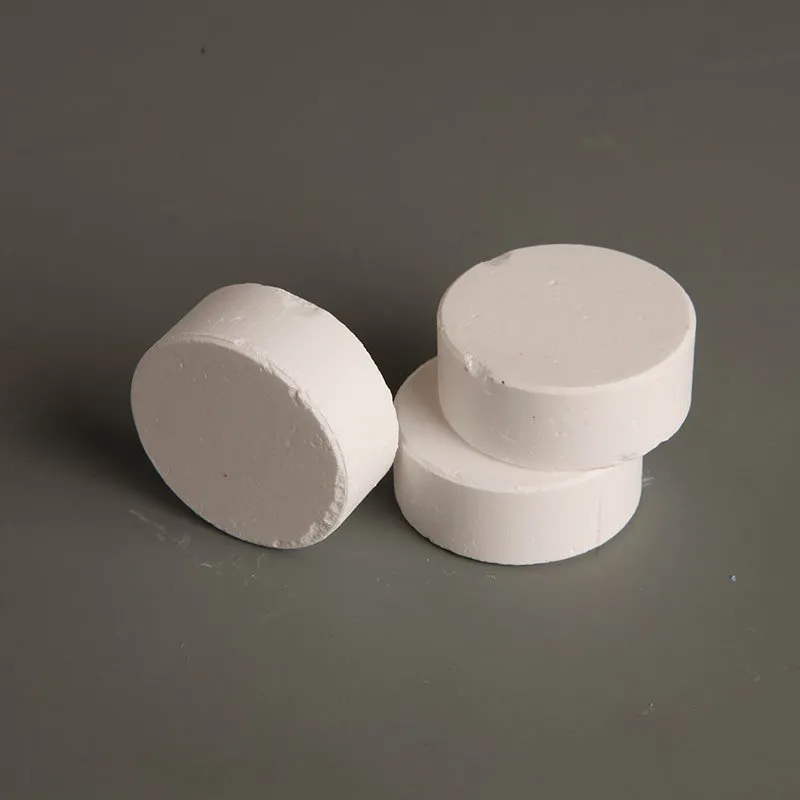



chilled water chemical treatment
Chilled Water Chemical Treatment Ensuring Efficient Cooling Systems
In modern buildings and industrial facilities, chilled water systems play a crucial role in maintaining comfortable indoor climates and ensuring operational efficiency. These systems typically utilize chilled water to absorb heat from the air in HVAC (Heating, Ventilation, and Air Conditioning) applications. However, the effectiveness and longevity of chilled water systems greatly depend on proper chemical treatment. This article delves into the importance of chilled water chemical treatment, its components, and best practices for achieving optimal performance.
The Importance of Chemical Treatment
Chilled water systems circulate water that is cooled by chillers, often using it to chill air or remove heat from equipment. Over time, various contaminants can accumulate in the water due to external sources, corrosion of metal components, and microbiological growth. If left untreated, these contaminants can lead to several issues, including
1. Corrosion Metal surfaces in chillers and piping systems can suffer from corrosion due to the presence of oxygen, dissolved solids, or aggressive water conditions. Corrosion not only shortens the lifespan of equipment but can also lead to leaks and system malfunctions.
2. Scaling Hard water can lead to the formation of scale deposits, which can impede heat transfer efficiency and reduce the overall performance of the system. This scaling can adversely affect the heat exchangers and chillers, leading to increased energy consumption.
3. Microbiological Growth Stagnant water can promote the growth of bacteria, algae, and fungi, resulting in biofilm formation. This biofilm can clog filters and reduce system efficiency, in addition to creating potential health hazards, such as Legionnaires' disease.
Therefore, implementing a proper chemical treatment regimen is essential to mitigate these issues, enhance system performance, and prolong the life of the equipment.
Key Components of Chemical Treatment
The primary components of chilled water chemical treatment typically include
1. Corrosion Inhibitors These chemicals create a protective layer on metal surfaces, reducing the rate of corrosion. Common inhibitors include phosphates, nitrites, and amines. By minimizing corrosion, inhibitors help maintain system integrity and extend the lifespan of components.
chilled water chemical treatment

2. Scale Inhibitors To prevent scale formation, scale inhibitors such as polyacrylates or phosphonates can be added to the chilled water. These chemicals work by modifying the crystallization process, thus keeping calcium and other mineral particles suspended in the water.
3. Biocides To control microbiological growth, biocides (such as chlorine, bromine, or specialized products) are often employed. These agents help eliminate bacteria and algae, contributing to a clean and safe water system. Regular monitoring and treatment are crucial due to the potential for resistance development in microbial populations.
4. pH Adjusters Maintaining optimal pH levels (typically between 6.5 and 8.5) is critical for preventing corrosion and scaling. pH adjusters, such as sodium hydroxide or sulfuric acid, can be used to control the water chemistry and ensure optimal conditions for the inhibitors to work effectively.
Best Practices for Chilled Water Chemical Treatment
To achieve effective chemical treatment in chilled water systems, several best practices should be followed
1. Regular Monitoring Continuously monitor water quality parameters, including pH, conductivity, and levels of specific chemicals. This data helps in making informed decisions about necessary treatments.
2. Preventive Maintenance Schedule routine inspections and maintenance for the chilled water system. This can include cleaning cooling towers, filters, and other components to enhance system efficiency.
3. Professional Assessment Engage with water treatment professionals to assess the specific needs of the system. They can recommend the appropriate treatment chemicals, dosage, and frequency based on the water quality and operational conditions.
4. Documentation and Records Keep detailed records of water treatment practices, including chemical types, dosages, and monitoring results. This information is invaluable for tracking system performance and making necessary adjustments.
Conclusion
Chilled water chemical treatment is an indispensable aspect of maintaining efficient cooling systems in various applications. By addressing issues related to corrosion, scaling, and microbiological growth through the use of appropriate chemicals and following best practices, facility managers can ensure optimal system performance, promote longevity, and create a safe environment for occupants. Regular monitoring and professional support are key to achieving these goals, leading to significant energy savings and reduced operational costs.
-
Why Sodium Persulfate Is Everywhere NowNewsJul.07,2025
-
Why Polyacrylamide Is in High DemandNewsJul.07,2025
-
Understanding Paint Chemicals and Their ApplicationsNewsJul.07,2025
-
Smart Use Of Mining ChemicalsNewsJul.07,2025
-
Practical Uses of Potassium MonopersulfateNewsJul.07,2025
-
Agrochemicals In Real FarmingNewsJul.07,2025
-
Sodium Chlorite Hot UsesNewsJul.01,2025










